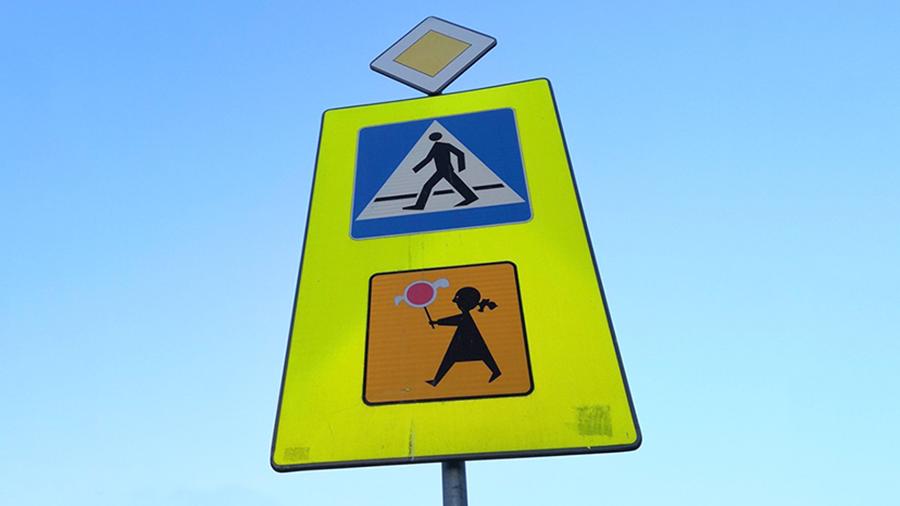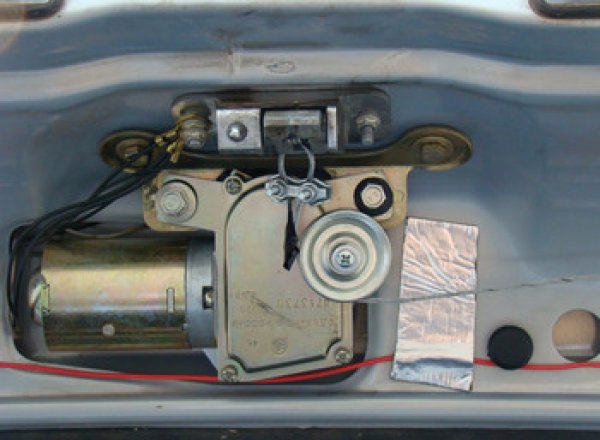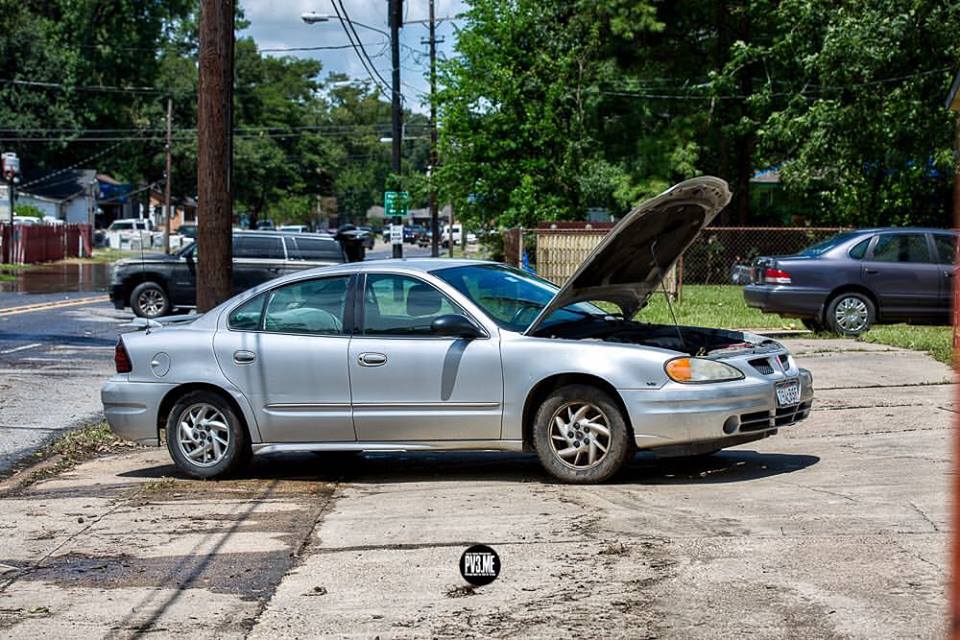
Highway Code for Nevada Drivers
Content
If you are a licensed driver, then you know the rules of the road in your state well. Many of these laws are based on common sense and remain the same in all states. However, other states may have different rules that you will need to follow. The following are the rules of the road for drivers from Nevada, which may differ from those in your home state, so you should make sure you know them if you plan to move to or visit this state.
Permits and licenses
New out-of-state licensed residents must obtain a Nevada driver's license within 30 days of moving into the state.
Nevada accepts both local and online driving schools as long as they are approved by the DMV.
Study permits are available for those who are at least 15 years and 6 months old. The permit holder is only allowed to drive with a licensed driver who is at least 21 years old and who sits in the seat to their left. This permit must be obtained at least six months prior to applying for a Nevada driver's license if you are under 18 years of age.
Drivers who are under the age of 18 at the time of obtaining a driver's license are not allowed to carry non-family members under the age of 18 in the vehicle for the first 6 months. Drivers aged 16 to 17 are not allowed to drive from 10:5 am to XNUMX:XNUMX pm unless they are driving to or from a scheduled event.
Seat belts
Drivers and all passengers in the vehicle must wear seat belts.
Children under 60 pounds and under 6 years of age must be in a child safety seat that is sized for their height and weight.
All passengers aged six years and over must wear seat belts, regardless of which seat they occupy.
Unsupervised children and pets
Children seven years of age and under must not be left unattended in a vehicle if there is a serious threat to their safety or health.
Children under the age of 7 left in a vehicle that does not pose a serious danger must be supervised by a person at least 12 years of age.
It is illegal to leave a dog or cat in a car unattended in hot or cold weather. Law enforcement, officials and firefighters are allowed to use reasonable force to rescue the animal.
Cell Phones
The use of a mobile phone to make or receive calls is only permitted using a hands-free device while driving.
It is illegal to use a cell phone or other portable wireless device to send text messages, emails, instant messages, or access the Internet while driving.
right of way
While pedestrians must follow all go/don't go signals, drivers must yield if failure to do so could result in injury to a pedestrian.
Drivers must give way to cyclists who are on bike paths or bike lanes.
Funeral processions always have the right of way.
Fundamental rules
school zones - The speed limit in school zones can be 25 or 15 miles per hour. Drivers must obey all posted speed limits.
Ramp meters — Ramp meters have been installed at some motorway entrances to control the flow of traffic. Drivers must stop at a red light and continue on a green light, paying attention to all signs indicating that only one vehicle is allowed per light.
Next Drivers are required to leave a two-second gap between themselves and the vehicle they are following. This space should increase depending on the weather, traffic, road conditions and the presence of a trailer.
Signaling — When making turns, drivers must signal with the vehicle's turn signals or appropriate hand signals 100 feet ahead on city streets and 300 feet ahead on highways.
Walkthrough - Overtaking on the right is only permitted on streets with two or more lanes where traffic moves in the same direction.
Cyclists — Drivers must leave three feet of space when overtaking a cyclist.
Bridges - Do not park on bridges or other elevated vehicles.
Ambulances — When approaching a rescue vehicle with flashing headlights on the side of the road, slow down to the speed limit and drive to the left if it is safe to do so.
These traffic rules may differ from those you are accustomed to following. If you follow them along with the laws in force in each state, you will be safe and legal on the roads of Nevada. If you need more information, be sure to check out the Nevada Driver's Guide.

